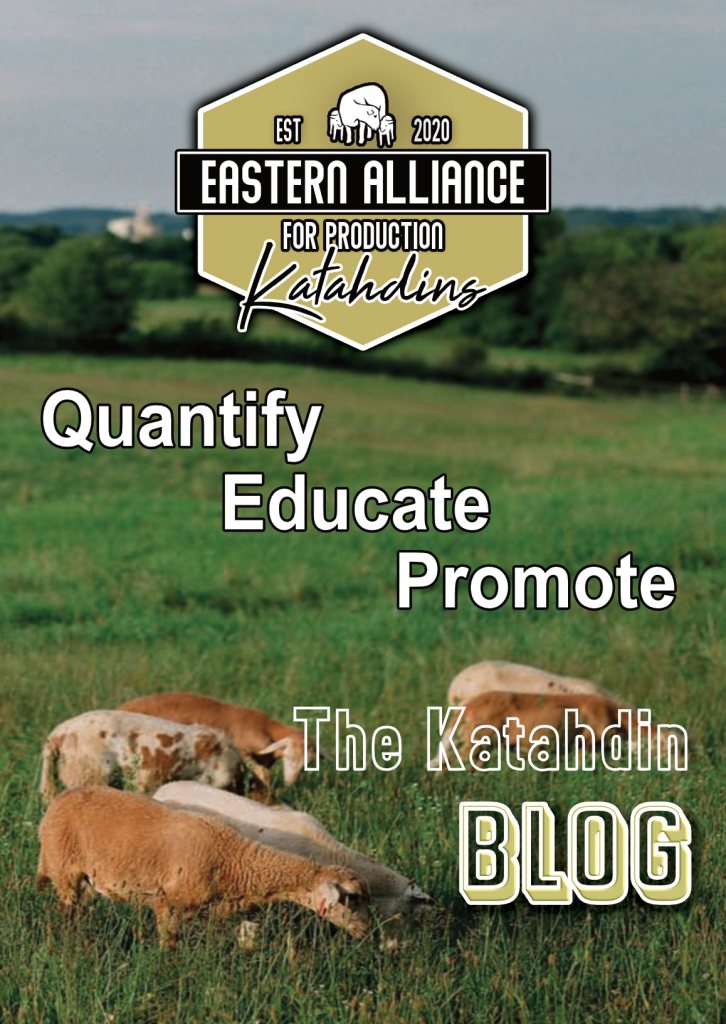The “Ram”bunctious Ram: A Discussion on Ram Behaviors
As sheep producers, we all need two important things to get lambs on the ground: ewes and at least one ram, depending on the size of the ewe flock. The purchase of a quality ram can be quite an investment. Understanding proper management and handling of your ram is vital


